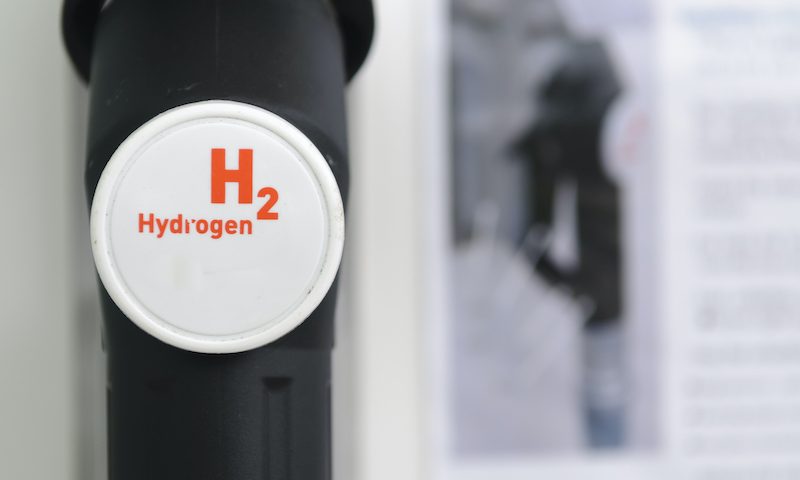Will cars soon run on thin air?

New technology alert: Scientists at the University of Melbourne have found a way to make hydrogen from air, offering the possibility of a hydrogen fuel supply in dry and remote areas.
A giant leap for green hydrogen
‘Green’ hydrogen is an eco-friendly alternative to C02-emitting fossil fuels, being produced with just electricity and water.
Its drawback, though, comes with the electrolysers needed to make it, as these devices require rare metals and liquid water to operate.
In rural areas that are far removed from a ready supply of these resources, green hydrogen has not been a viable fuel solution. Until now – thanks to a new wave of research into the electrolyser mechanism.
The University of Melbourne has developed a prototype device that electrolyses water in the air from a humidity level as low as 4%.
“We have developed a so-called ‘direct air electrolyser’ in short, DAE,” said Gang Kevin Li, a senior lecturer in the Department of Chemical Engineering at the University of Melbourne.
“This module uses a hygroscopic electrolyte exposed to the atmosphere constantly.”
How does this electrolysis work?
Let’s look at the science. Traditionally, green hydrogen has been generated by placing two electrodes in water and running an electrical current through it.
At the positively charged electrode, electrons are ripped away from H2O, forming positive hydrogen ions and O2 molecules, while at the negative cathode, electrons are given to the hydrogen ions, forming hydrogen.
As expected, this method requires plenty of liquid water, so has been restricted to areas where drinking water supplies are ample.
The new prototype for green hydrogen electrolysis involves a solar-to-fuel conversion hygroscopic electrolyte, which absorbs moisture from the air and splits the collected water into hydrogen and oxygen.
“Such electrolyte has a high potential to extract moisture from air spontaneously (without external energy input), making it readily available for electrolysis and hydrogen production once coupled with a (renewable) power supply.”
Could our cars be run on thin air in the not-too-distant future? We’ll wait and see. In the meantime, discover the world’s first carbon-neutral car.


